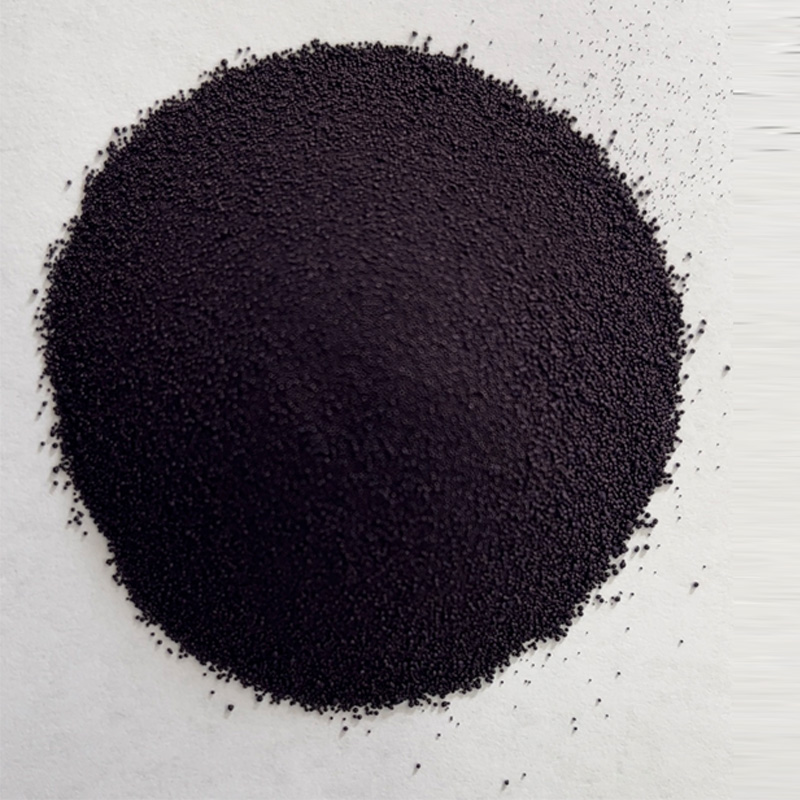Exploring Prices and Sources for Indigo Dye Options Available in the Market
The Significance of Indigo Dye Sources, Pricing, and Market Trends
Indigo dye, known for its vibrant blue hues, has been a crucial element in the textile industry for centuries. Its rich history dates back to ancient civilizations, where it was highly valued not only for its aesthetic appeal but also for its unique properties. This article explores the sources of indigo dye, factors influencing its pricing, and current market trends.
Historical Context and Sources of Indigo Dye
Indigo dye is derived from the leaves of certain plants, historically the most notable being *Indigofera tinctoria*. This plant is predominantly found in tropical and subtropical regions, including parts of Asia, Africa, and South America. The extraction process involves fermenting the leaves to convert indican, a compound found within them, into indigotin, the actual dye.
In addition to traditional plant sources, synthetic indigo was developed in the late 19th century and has since dominated the market due to its cost-effectiveness and consistent quality. Nevertheless, natural indigo has seen a resurgence among artisans and eco-conscious consumers, leading to a renewed appreciation for its organic roots.
Pricing Factors
The price of indigo dye can vary widely based on several factors, including the source, quality, and market demand. Natural indigo tends to be more expensive than its synthetic counterpart due to the labor-intensive extraction process and the lower yields per plant. For instance, a kilogram of natural indigo dye can range anywhere from $50 to $200, depending on the processing method, farmer practices, and availability.
indigo dye source pricelist

In contrast, synthetic indigo is typically priced in the range of $10 to $20 per kilogram, making it the preferred choice for mass production in the fashion and manufacturing industries. However, sustainability concerns and the push for eco-friendly practices are prompting brands to explore more organic alternatives, which could lead to fluctuations in pricing as consumer preferences evolve.
Market Trends and Consumer Demand
Over the past decade, there has been a significant shift in the textile market towards sustainable and ethically sourced materials. This trend has resulted in a growing demand for natural dyes, including indigo. Artisans, small-scale producers, and even larger clothing brands are experimenting with natural indigo to create distinctive products that appeal to environmentally aware consumers.
Moreover, the increasing awareness of the environmental impact of synthetic dyes has led to a rise in indigo dyeing workshops and educational programs. These initiatives aim to reconnect people with traditional dyeing practices while promoting sustainable fashion.
The rise of social media and digital marketplaces has also facilitated the direct sale of natural indigo products, allowing artisans to reach global audiences. This has encouraged a higher price point for handcrafted indigo-dyed textiles, as consumers are willing to pay a premium for unique, artisanal goods that tell a story.
Conclusion
In conclusion, indigo dye remains a significant player in the textile market, with both historical significance and contemporary relevance. While synthetic indigo continues to dominate in terms of price and availability, the growing demand for natural, sustainable alternatives highlights a shift in consumer priorities. As the market adapts to these changes, pricing dynamics may continue to evolve, reflecting a balance between traditional practices and modern consumer demand. Whether sourced from plants or produced synthetically, indigo dye's legacy is likely to endure, imbued with cultural significance and environmental consciousness.
-
The Timeless Art of Denim Indigo Dye
NewsJul.01,2025
-
The Rise of Sulfur Dyed Denim
NewsJul.01,2025
-
The Rich Revival of the Best Indigo Dye
NewsJul.01,2025
-
The Enduring Strength of Sulphur Black
NewsJul.01,2025
-
The Ancient Art of Chinese Indigo Dye
NewsJul.01,2025
-
Industry Power of Indigo
NewsJul.01,2025
-
Black Sulfur is Leading the Next Wave
NewsJul.01,2025

Sulphur Black
1.Name: sulphur black; Sulfur Black; Sulphur Black 1;
2.Structure formula:
3.Molecule formula: C6H4N2O5
4.CAS No.: 1326-82-5
5.HS code: 32041911
6.Product specification:Appearance:black phosphorus flakes; black liquid

Bromo Indigo; Vat Bromo-Indigo; C.I.Vat Blue 5
1.Name: Bromo indigo; Vat bromo-indigo; C.I.Vat blue 5;
2.Structure formula:
3.Molecule formula: C16H6Br4N2O2
4.CAS No.: 2475-31-2
5.HS code: 3204151000 6.Major usage and instruction: Be mainly used to dye cotton fabrics.

Indigo Blue Vat Blue
1.Name: indigo blue,vat blue 1,
2.Structure formula:
3.Molecule formula: C16H10N2O2
4.. CAS No.: 482-89-3
5.Molecule weight: 262.62
6.HS code: 3204151000
7.Major usage and instruction: Be mainly used to dye cotton fabrics.

